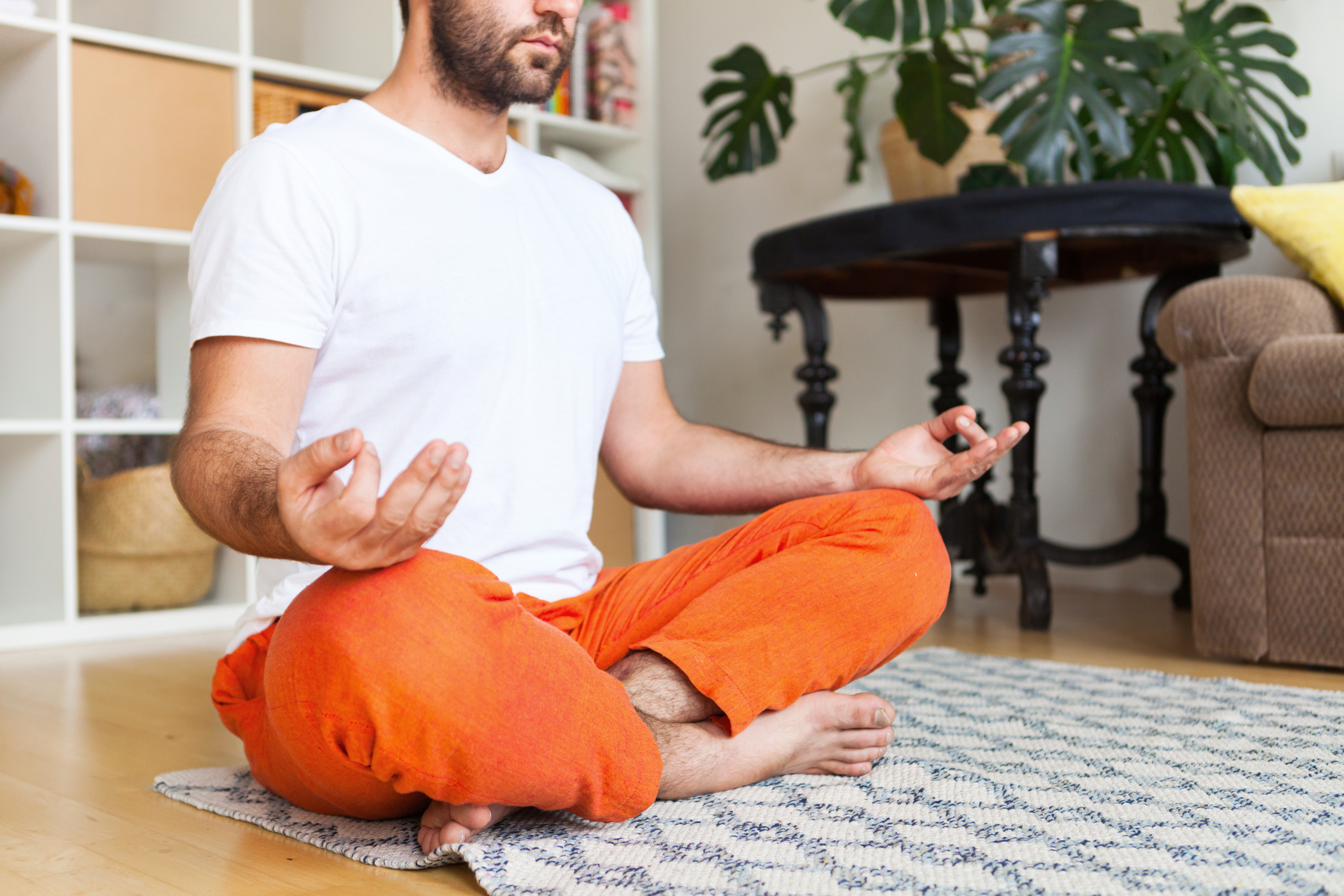Drifting into Dreams: Five Proven Sleep Meditation Techniques for a Tranquil Night
Breath Watching is a simple yet powerful sleep meditation technique. It brings attention to one's breathing pattern, creating a single-point focus, helping disconnect from daily stresses and anxieties. This technique is often the first step into the world of meditation for many due to its simplicity and effectiveness.
To engage in Breath Watching, one needs to lie down comfortably, keep their eyes closed, and start focusing on their breath. With each inhalation, they should feel the air filling their chest and belly. Then, with each exhalation, they must feel the tension leaving their bodies. This continual observation and focus on breathing help calm the mind and prepare it for sleep.
Scientific studies echo the power of this technique. A study published in JAMA Internal Medicine found that people engaging in Breath Watching experienced improved sleep efficiency, reduced wake time during the night, and lesser instances of insomnia.
Delving into Progressive Muscle Relaxation

Progressive Muscle Relaxation (PMR) is a two-step sleep meditation process that works with the tension-release mechanism. This technique was developed by physician Edmund Jacobson in the early 1920s.
To practice PMR, one must focus on a particular muscle group, tense them for five to ten seconds, and then release the tension while breathing out. Muscles groups should be addressed systematically, usually starting from the toes upwards, ending at one's facial muscles.
Psychology research supports its efficacy, noting that PMR can reduce anxiety and stress, often the villains behind sleeplessness. It reestablishes the connection between mind and body, ultimately leading to calmness and sleep-readiness.
Buoyancy of Guided Visualization

Guided Visualization is akin to taking a hypnotic journey. Through audio instructions, the participant visualizes peaceful and relaxing places. This distracts the mind from stress and anxiety and promotes calmness and relaxation.
People undertake Guided Visualization by either listening to a voice recording or by reading written instructions. The scene could be anything from imagining lying on a warm, sandy beach or strolling in a tranquil garden.
Multiple studies have affirmed the effectiveness of this technique. For instance, a research study noted a substantial improvement in participants' sleep onset latency, sleep duration, and sleep quality after practicing guided visualization.
Serenity of Body Scan Meditation

Body Scan Meditation is another powerful technique that helps in managing stress and anxiety, ultimately leading to a restful sleep. This involves paying attention to various parts of the body, from toes to the head.
The technique invites you to 'scan' your own body mentally, pausing as you reach individual body parts. The focus during this scan is to identify tension and allow it to release. As the scan progresses, a state of deep relaxation envelops the body.
Research in clinical psychology confirms these benefits. It has been shown that Body Scan Meditation helps in reducing physical discomfort, stress, and contributes to significant improvements in sleep quality.
Tranquility Instilled by Autogenic Training

Autogenic Training involves self-suggestions of peace and relaxation to facilitate a deeply relaxed state. Created by psychiatrist Johannes Heinrich Schultz in the 1920s, it involves six standard exercises that make the body feel heavy and warm.
As each exercise unfolds, it leads to deep relaxation. As a result, the body and mind start feeling warm, calm, and heavy, leading to a peaceful nocturnal slumber.
Research evidence backs this up. A study conducted showed decreased fatigue, increased vigor, and improved sleep quality among those who performed Autogenic Training exercises regularly.
Silence of Mindful Meditation

Mindful Meditation is an ancient Buddhist practice now popular among modern sleep seekers. It involves achieving a state of alert, focused relaxation by consciously paying attention to thoughts and sensations without judgment. This allows the mind to focus on the present, letting go of anxieties related to the past or future.
To practice this, one needs to find a quiet place, sit in a relaxing position, and focus on either their breath, an object, or a word or phrase. They should let their thoughts come and go freely, without judgment or engagement.
The benefits of this technique have been confirmed repeatedly by science. Studies show that regular mindfulness meditation practice can help decrease anxiety and depression, leading to higher quality sleep.